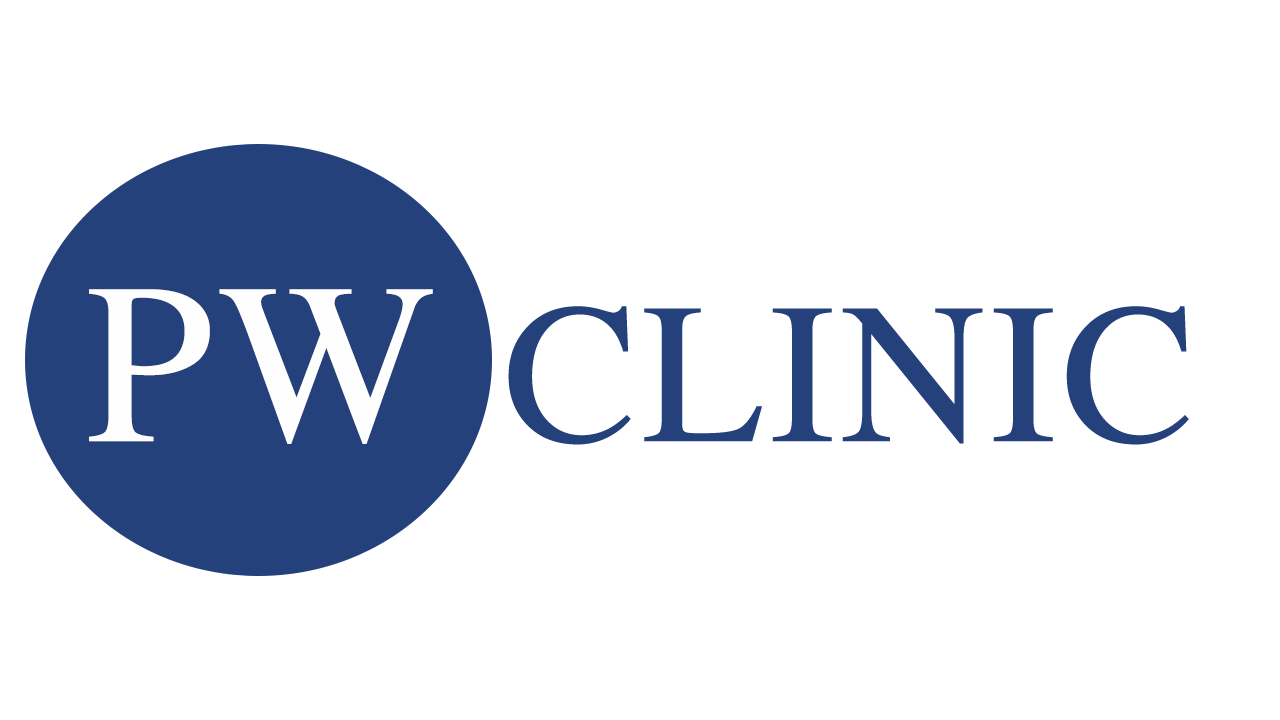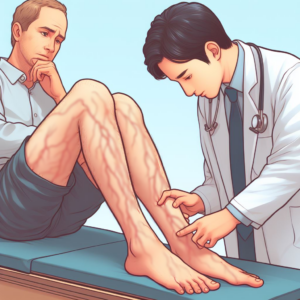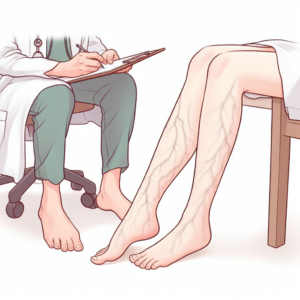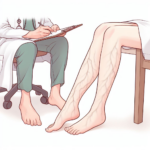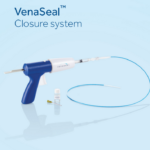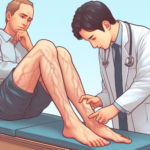Book Appointment Now
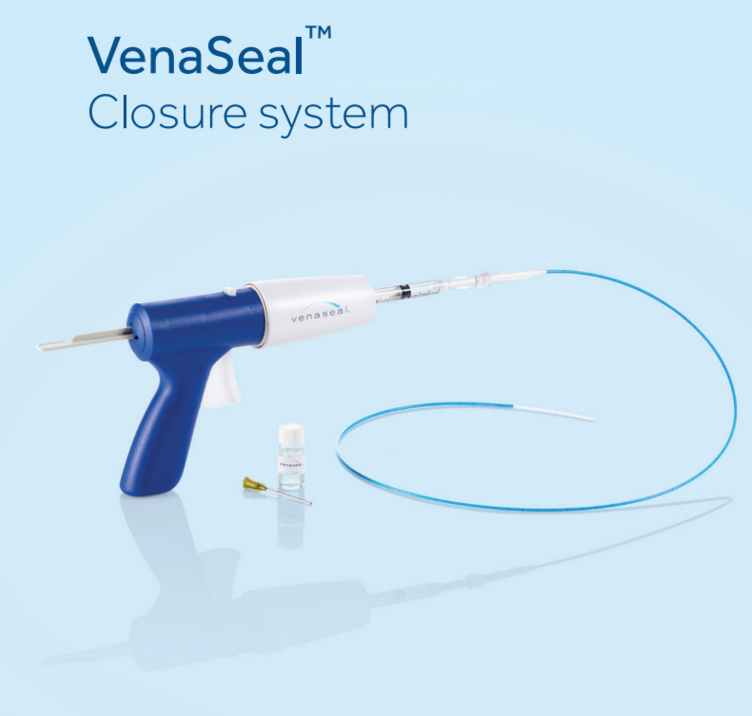
Minimally invasive catheter-based endovenous closure surgery
Minimally invasive catheter-based endovenous closure surgery

Varicose veins are a common vascular disorder that causes the veins in the lower limbs to become twisted and enlarged, affecting both appearance and health. Without timely treatment, complications such as edema, skin pigmentation, and ulcers can arise.
So, what are the effective treatment options? Currently, the most popular treatment is minimally invasive catheter-based endovenous closure surgery, which involves using the high temperatures of laser or radiofrequency energy to seal the veins and prevent blood reflux. The advantages of this surgery include minimal incisions, quick recovery, and fewer complications. However, since it requires the injection of a special protective fluid around the veins to prevent tissue damage, a few small openings still need to be made in the skin.
If you’re looking for an even less invasive option, you might discuss with your doctor the possibility of the newer vein glue treatment. This method uses a special adhesive to close off the veins without the need for high temperatures. This avoids the risk of nerve or tissue damage, as well as burns to the skin. Plus, it only requires a single needle puncture in the skin, and there’s no need for compression stockings after the procedure.
The new vein glue treatment offers the following benefits:
- No need for general anesthesia or local tumescent anesthesia.
- The treatment involves no heat distribution, meaning it’s pain-free.
- It eliminates the risk of nerve damage when treating the great and small saphenous veins.
- Only one needle puncture is made in the skin, and there’s no need for postoperative compression stockings.
It’s advised to seek medical attention early if you have varicose veins! The suitability of the new vein glue treatment can be discussed clinically with your doctor.
